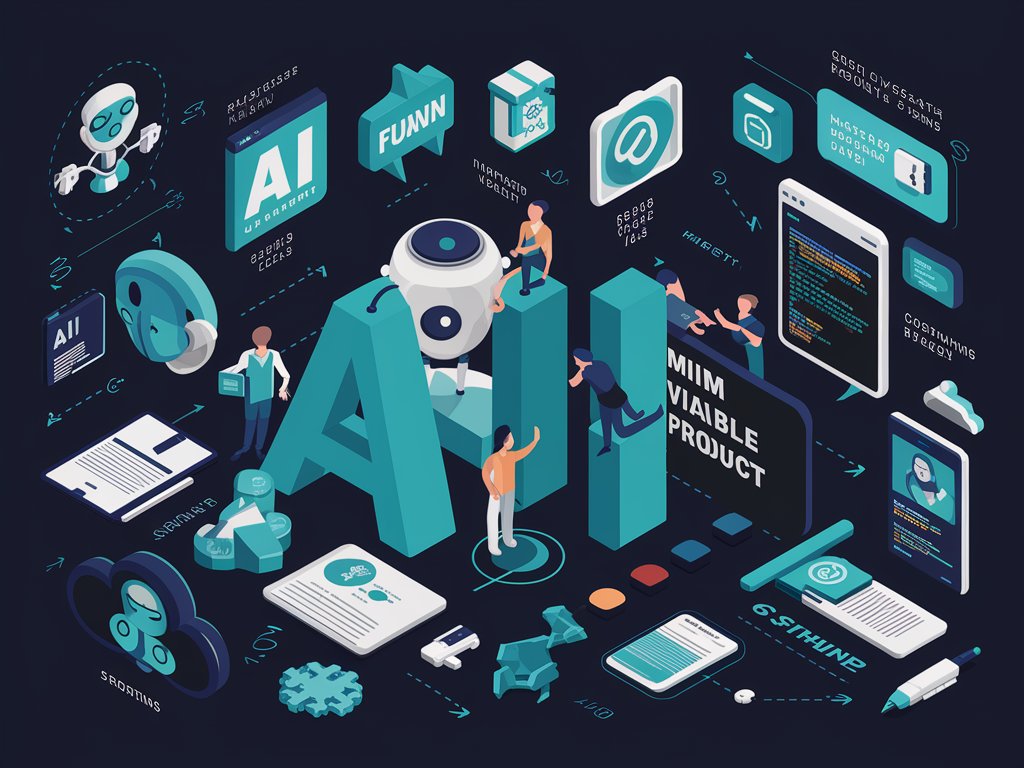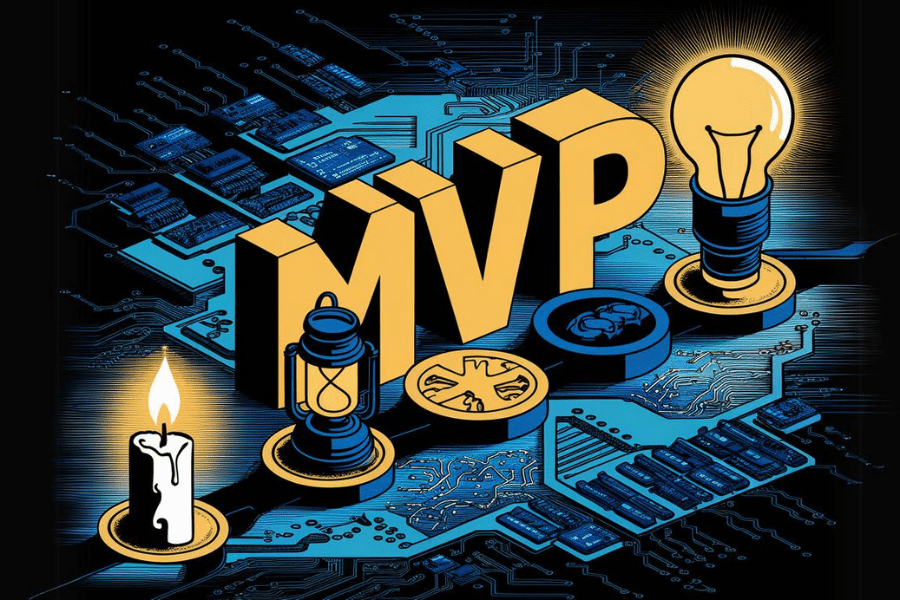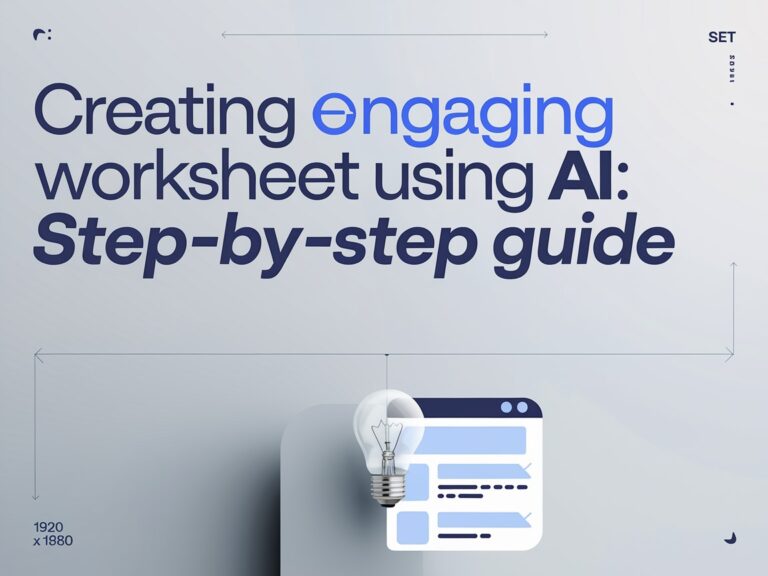The Ultimate Guide to Building an AI MVP
Creating an AI Minimum Viable Product (MVP) is a strategic approach for startups aiming to validate their ideas, gather user feedback, and make data-driven decisions. This comprehensive guide delves into the process, highlighting essential steps and considerations for developing a successful AI MVP.

Understanding AI MVP
An AI MVP is a streamlined version of your AI product focusing on core functionalities. It allows startups to test market demand, validate assumptions, and gather crucial user insights without investing extensive resources in a fully-fledged product. This approach fosters a culture of continuous improvement and innovation.
Key Steps to Building an AI MVP
- Identify the Problem: Clearly define the pain points your AI solution will address. Understanding your target audience’s challenges is critical for developing a relevant and effective MVP.
- Conduct Market Research: Thorough market research helps identify your audience’s needs and preferences, as well as potential market gaps. This step ensures your AI MVP stands out and meets user demands.
- Set Goals and Objectives: Define clear objectives for your MVP, such as user acquisition or customer satisfaction, to guide the development process and measure success.
- Choose the Right AI Technology: Select technologies that align with your product’s requirements. Focus on scalability and future adaptability to ensure long-term success.
- Design the User Interface: Create a simple, intuitive, and accessible UI to enhance user engagement. Usability testing can refine the design based on user feedback.
- Prioritize Features: Focus on essential features that deliver core value. This allows you to gather feedback and make data-driven decisions for future iterations.
- Adopt Agile Development: Use agile methodologies like Scrum or Kanban to allow flexibility and iterative development. This approach helps continuously improve the product based on user feedback.
- Thorough Testing: Conduct comprehensive functional and non-functional tests to ensure your AI MVP performs as expected. Automated testing can streamline the process and improve test coverage.
- Iterative Improvements: Continuously refine your MVP based on user feedback and data analysis. This iterative process ensures your product remains relevant and competitive.
Launching Your AI MVP
- Pre-Launch Checklist: Conduct final testing and review all aspects of your product to ensure it aligns with your goals and objectives.
- Marketing and Promotion: Develop an effective marketing strategy to generate awareness and acquire users.
- Gather User Feedback: Actively seek and analyze user feedback to identify areas for improvement and incorporate them into future iterations.

Scaling and Improving Your AI MVP
- Analyze User Data: Use analytics tools to gain insights into user behavior and make data-driven decisions for enhancements.
- Make Necessary Adjustments: Continuously align your product with user needs based on feedback and data analysis.
- Plan for Future Expansion: Consider additional features and scalability to cater to growing user demands.
By following these steps, startups can successfully build, launch, and scale an AI MVP, setting the foundation for long-term success in the competitive tech landscape. For expert guidance and support, consider partnering with experienced software development companies.






